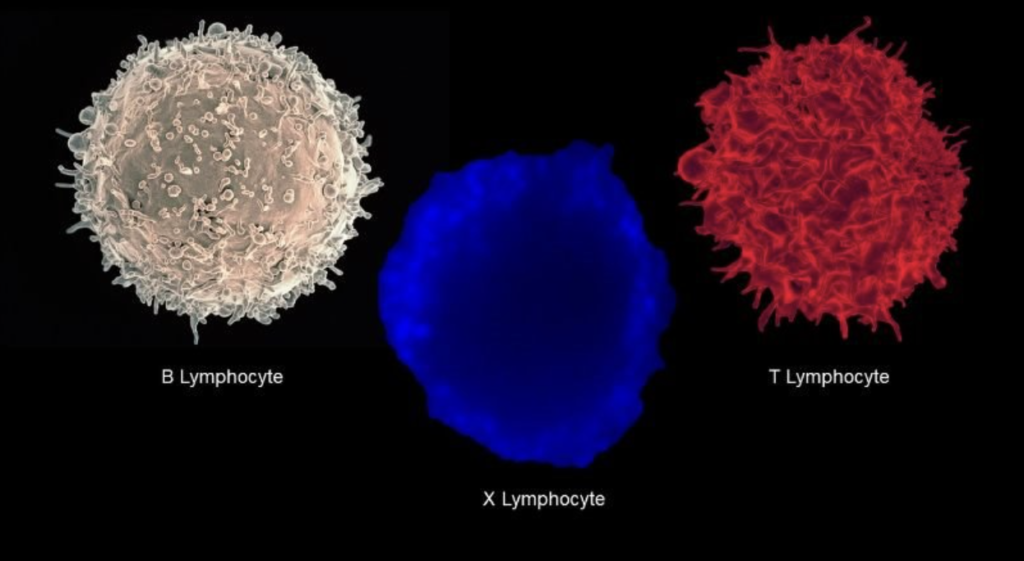The Hamad Lab
Rewriting the Autoimmune Narrative:
Finding the Cure Within

Our Vision
Despite major advances in our understanding of autoreactive T cells, cures for autoimmune diseases remain elusive—and the burden of these conditions continues to grow. At the heart of this challenge lie unresolved paradoxes that current models cannot fully explain. At our core, we believe something fundamental is missing. Our research focuses on a novel population of immune cells—Dual Expressers (DEs)—that may hold the key to resolving these gaps in knowledge and unlocking new therapeutic pathways. By investigating DEs across three distinct autoimmune diseases—Type 1 Diabetes, Multiple Sclerosis, and Graves’ Disease—we aim to redefine the mechanisms of autoimmunity and accelerate the path to lasting cures.
